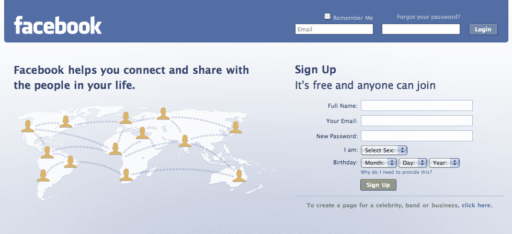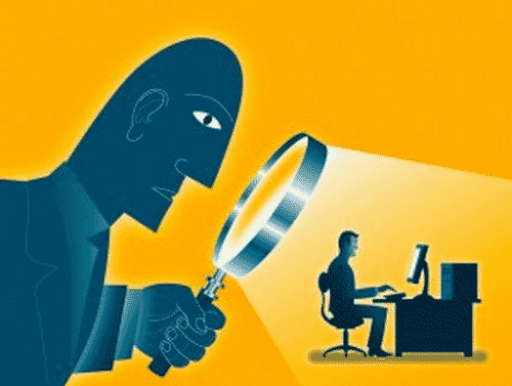When it comes to digital communications, emoticons are popularly used to express one’s emotions at a given point in conversation. Facebook initially shied away from offering emoticons, but over time started offering a whole range of those. However, according to Facebook engineer Auturo Bejar, this wasn’t a random decision.
Quite interestingly, Facebook didn’t devise emoticons without any serious research. Rather, Bejar decided to bring Dacher Keltner on board for this. Keltner is a psychology professor at UC Berkeley who has been studying emoticons and the way they aid in social interactions.
The key reason for bringing Keltner on board was to use his years-long expertise in the field and seek his help to create such emoticons which are more kinder. The team at the social network discerned that as soon as they introduced the option of emoticons, people’s communications over Facebook improved significantly.
But that was just a start. Facebook wanted to make these emoticons more informed by science. In other words, the emoticons should be able to depict actual human emotions more accurately and effectively.
According to Bejar, “There’s all this communication that happens when you’re talking to someone face-to-face–you can see that they’re nodding and you can see their smile–that is not present when you’re communicating electronically. One of the questions that we asked was, ‘Wouldn’t it be great if we had a better emoticon that was informed by science?”
Bejar’s ideas are very intriguing. The conventional emoticons let us express simpler emotions such as happiness or sadness – but there are more complex emotions such as embarrassment, gratefulness and such. And these are the very emotions that Facebook researchers are trying to portray more accurately via emoticons.
Courtesy: Pop Sci
[ttjad keyword=”htc-phones”]


